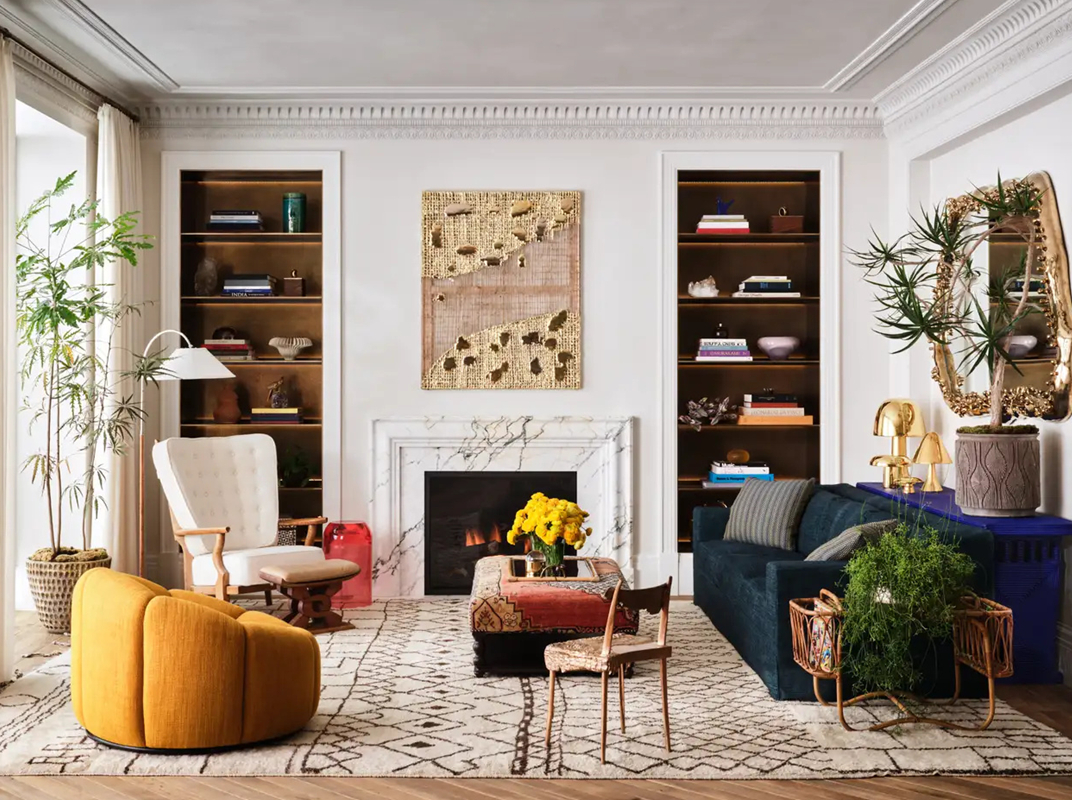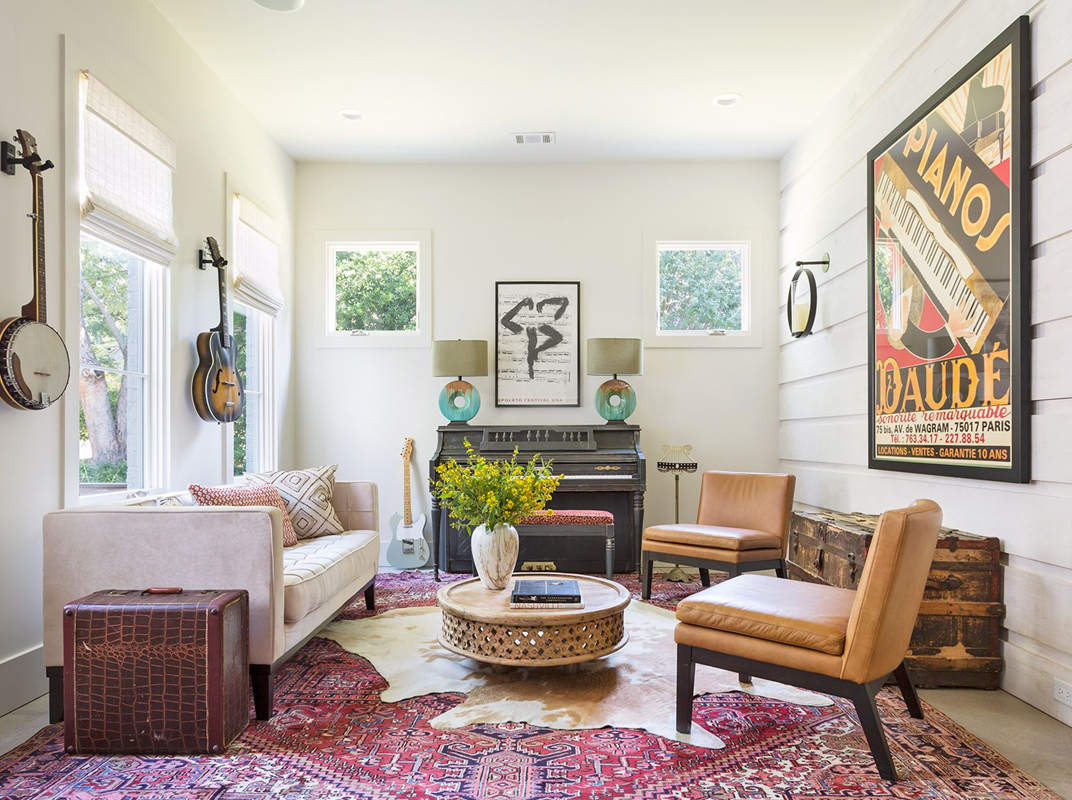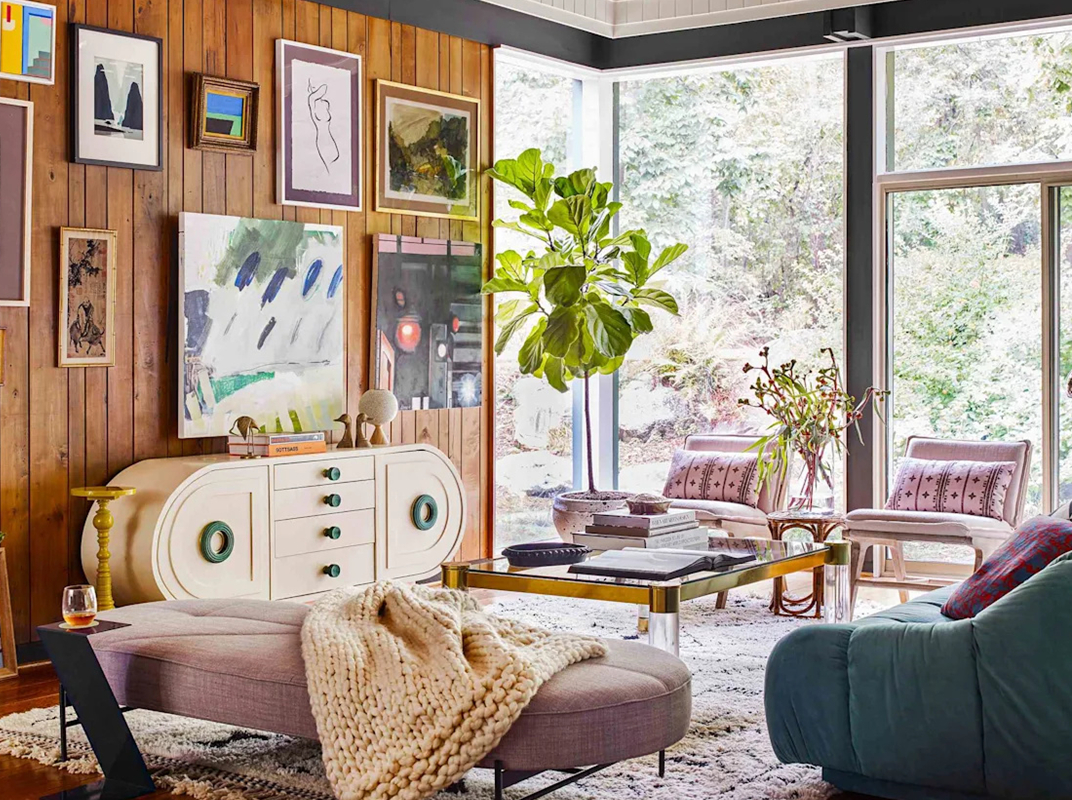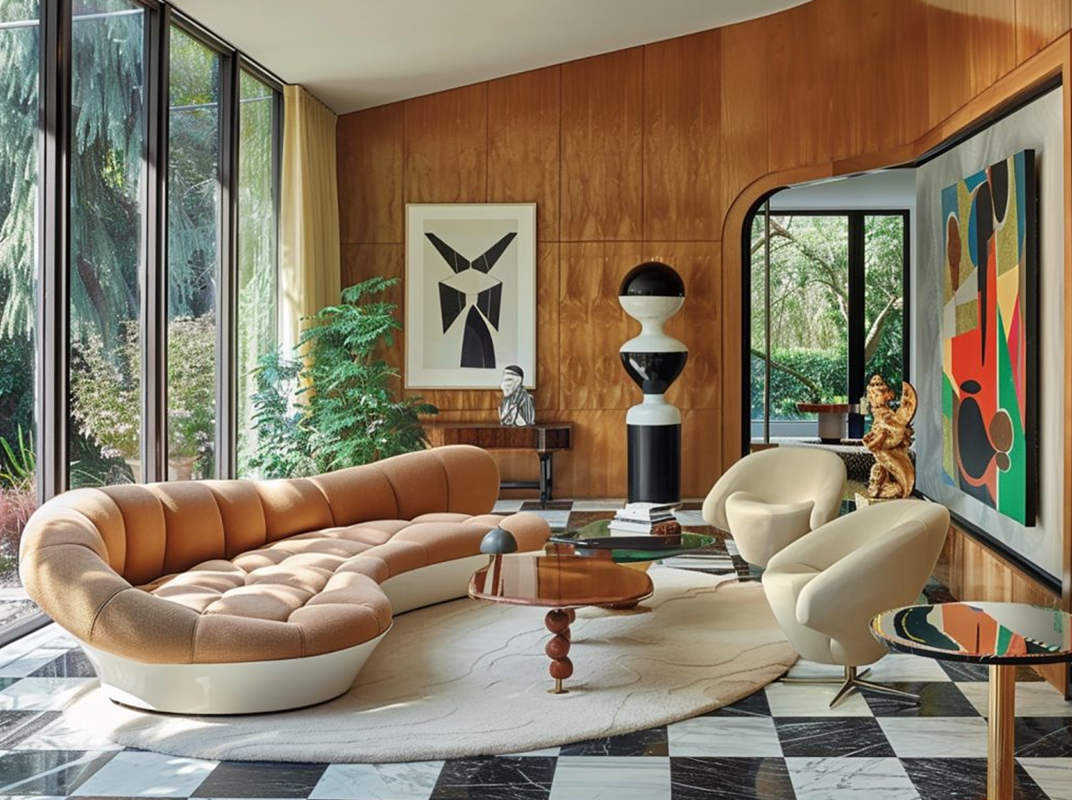Unlike antiques, which are often over a century old and tied to rigid historical styles, retro furniture hails from the 20th century—roughly the 1940s to the 1990s—an era of rapid change. This period saw designers breaking from tradition, experimenting with new materials and shapes. For example, post-WWII mid-century designs embraced simplicity with curved edges and lightweight frames, reflecting a post-war optimism. Later, 1980s retro pieces leaned into bold colors and geometric patterns, mirroring the decade’s energetic pop culture.
Another defining trait is its accessibility. Retro furniture was often mass-produced but with an emphasis on style that made good design available to more people. This contrasts with high-end antiques, which were typically crafted for the elite. Today, this accessibility means retro pieces are easy to find—at thrift stores, flea markets, or online marketplaces—making them a budget-friendly way to add personality to a home.
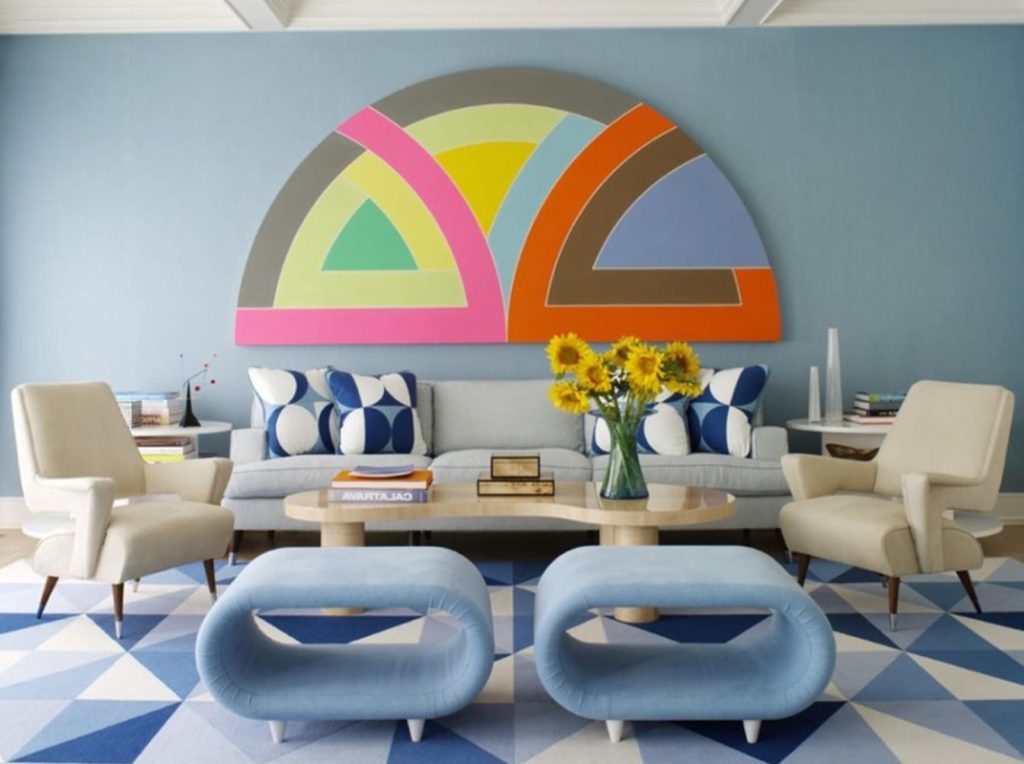
Retro furniture also carries a sense of versatility. Its designs, while rooted in specific decades, blend surprisingly well with modern decor. A 1970s velvet armchair can add warmth to a minimalist living room, while a 1950s wooden dining table pairs seamlessly with contemporary chairs. This adaptability ensures retro furniture never feels outdated; instead, it adds layers of history and style to any space.
Ultimately, what makes retro furniture unique is its ability to tell stories of the past while fitting into the present. It’s more than just furniture—it’s a connection to the trends, values, and creativity of bygone decades, making every piece a conversation starter and every home a little more unique.

